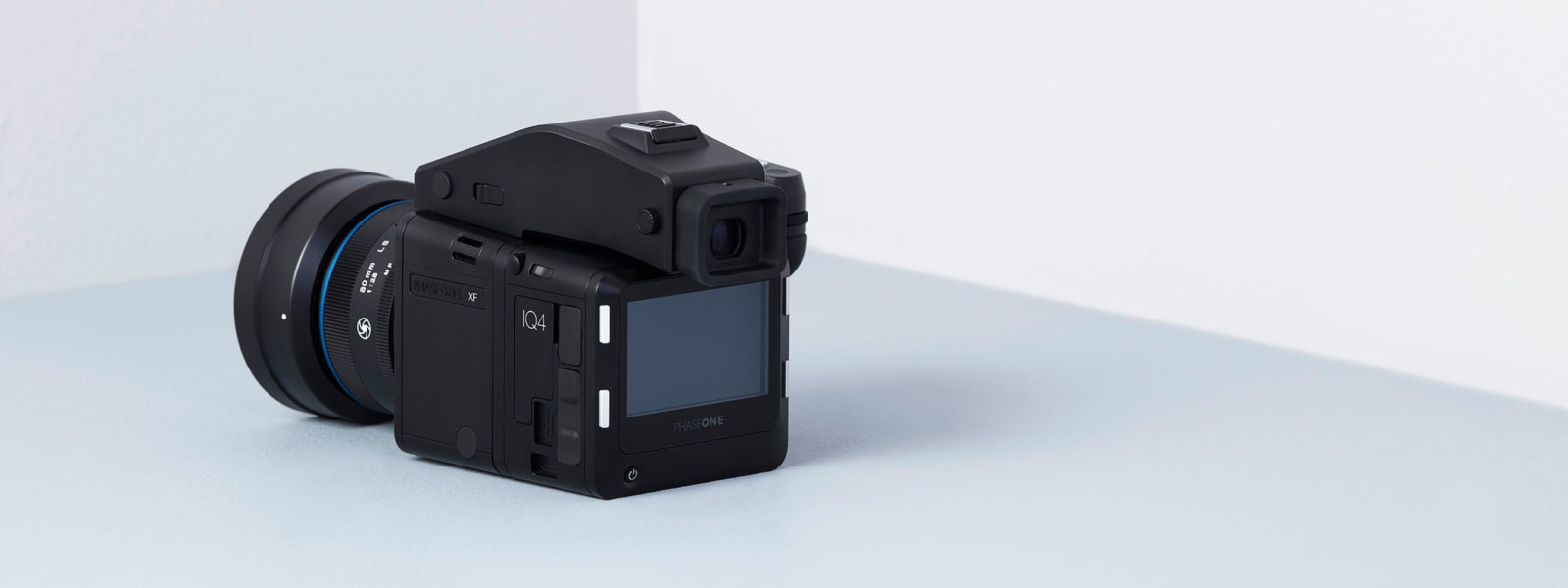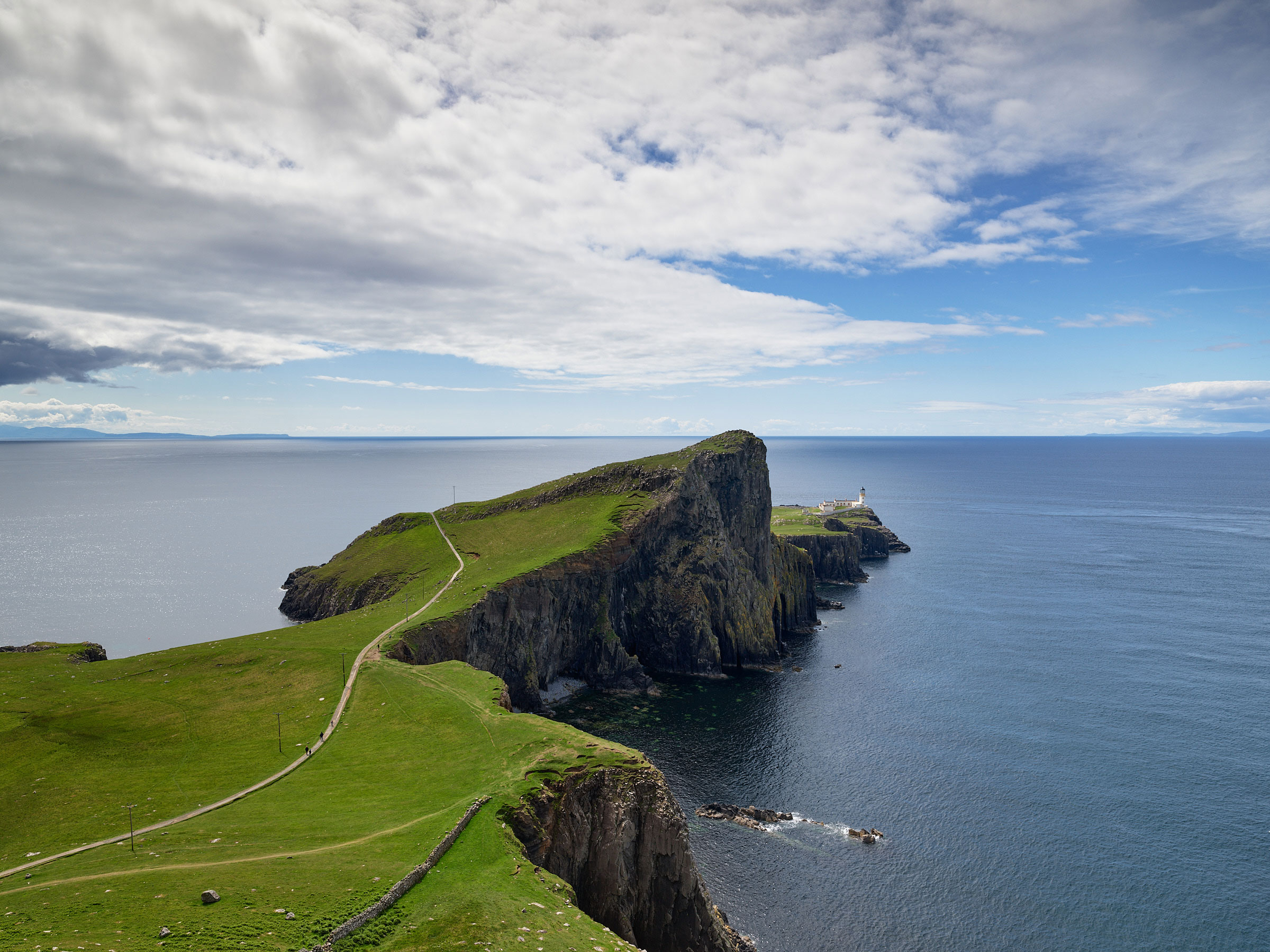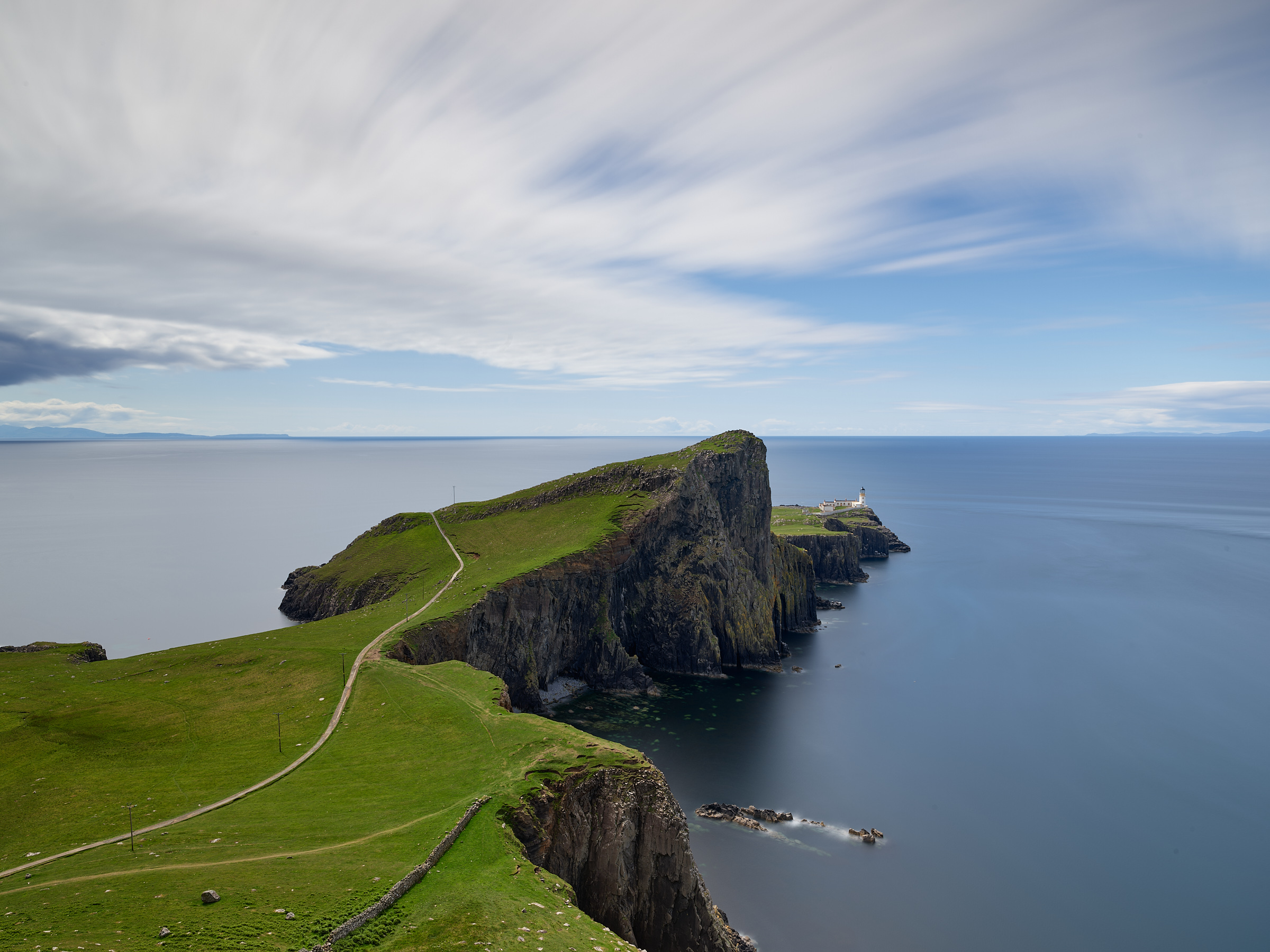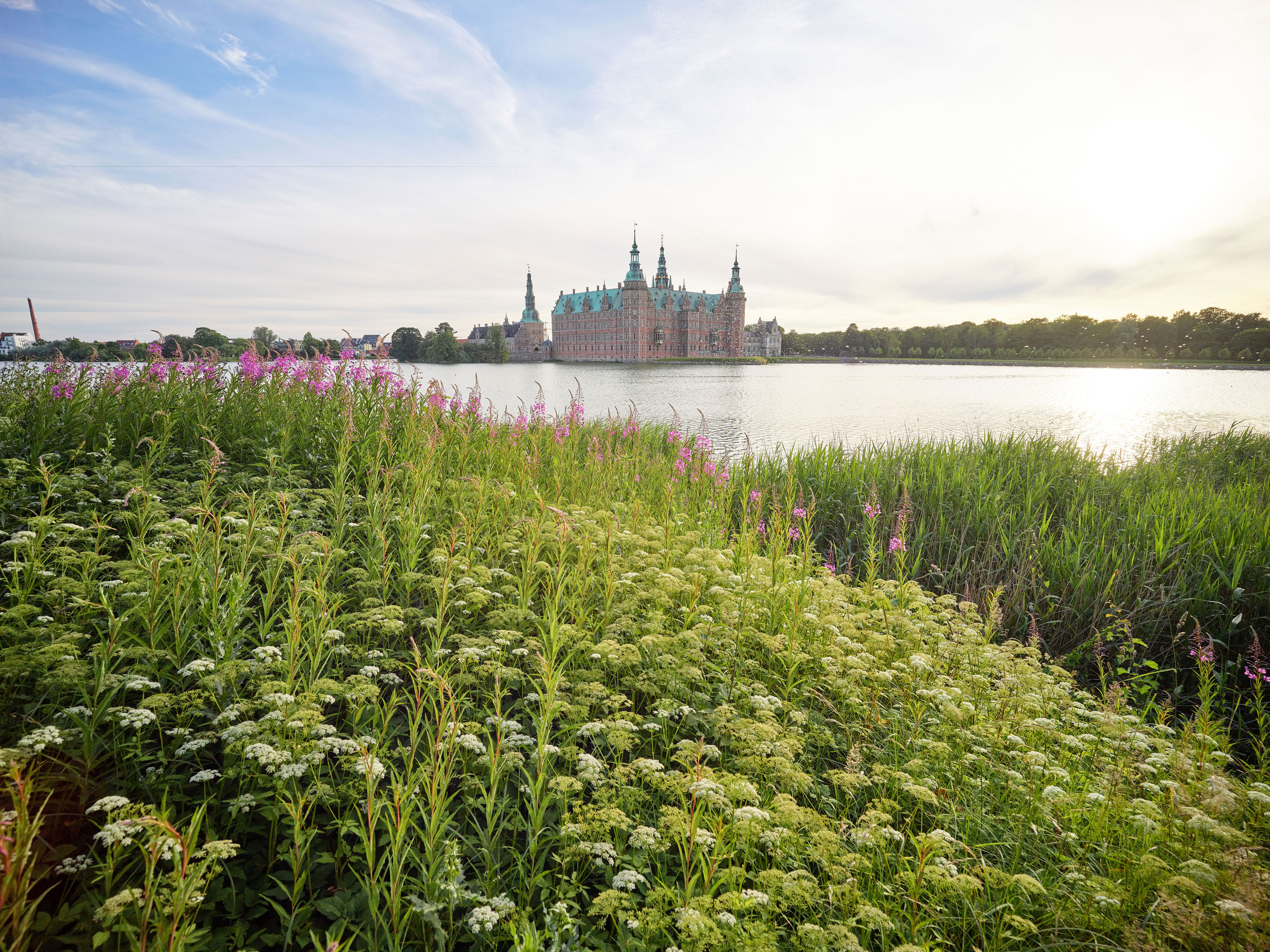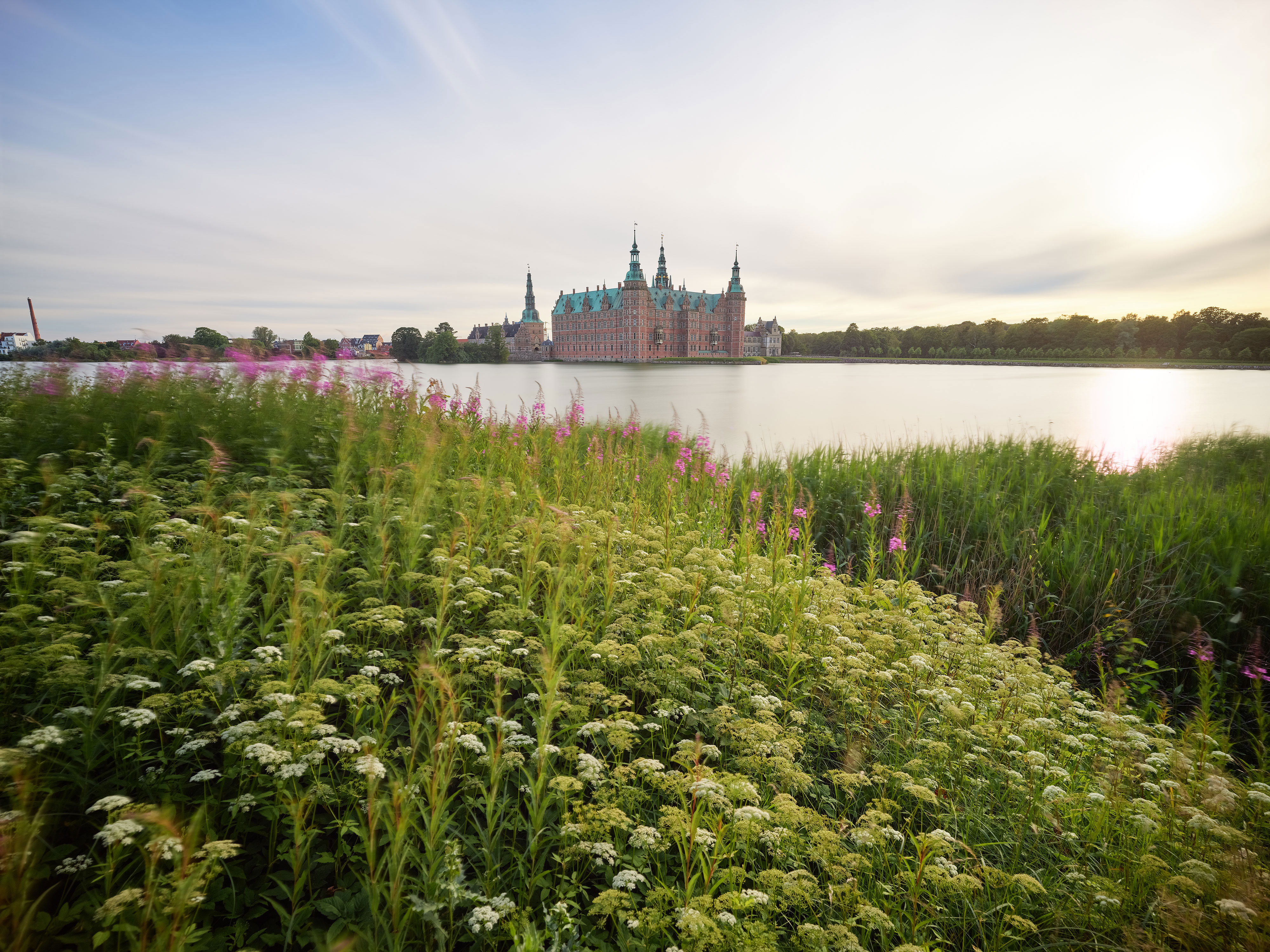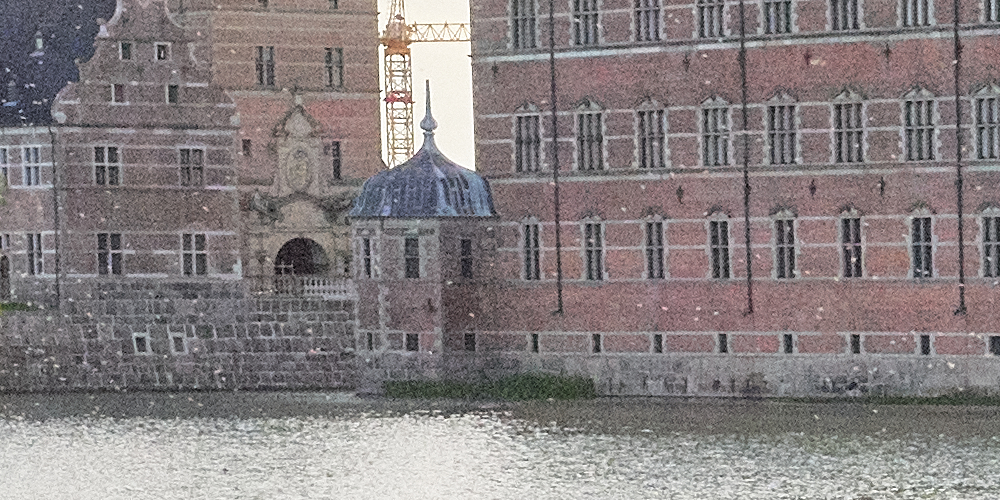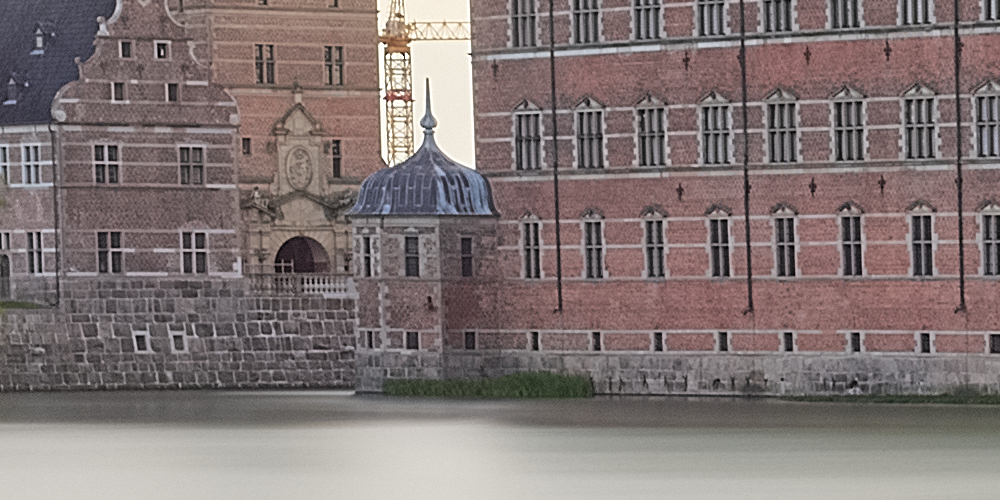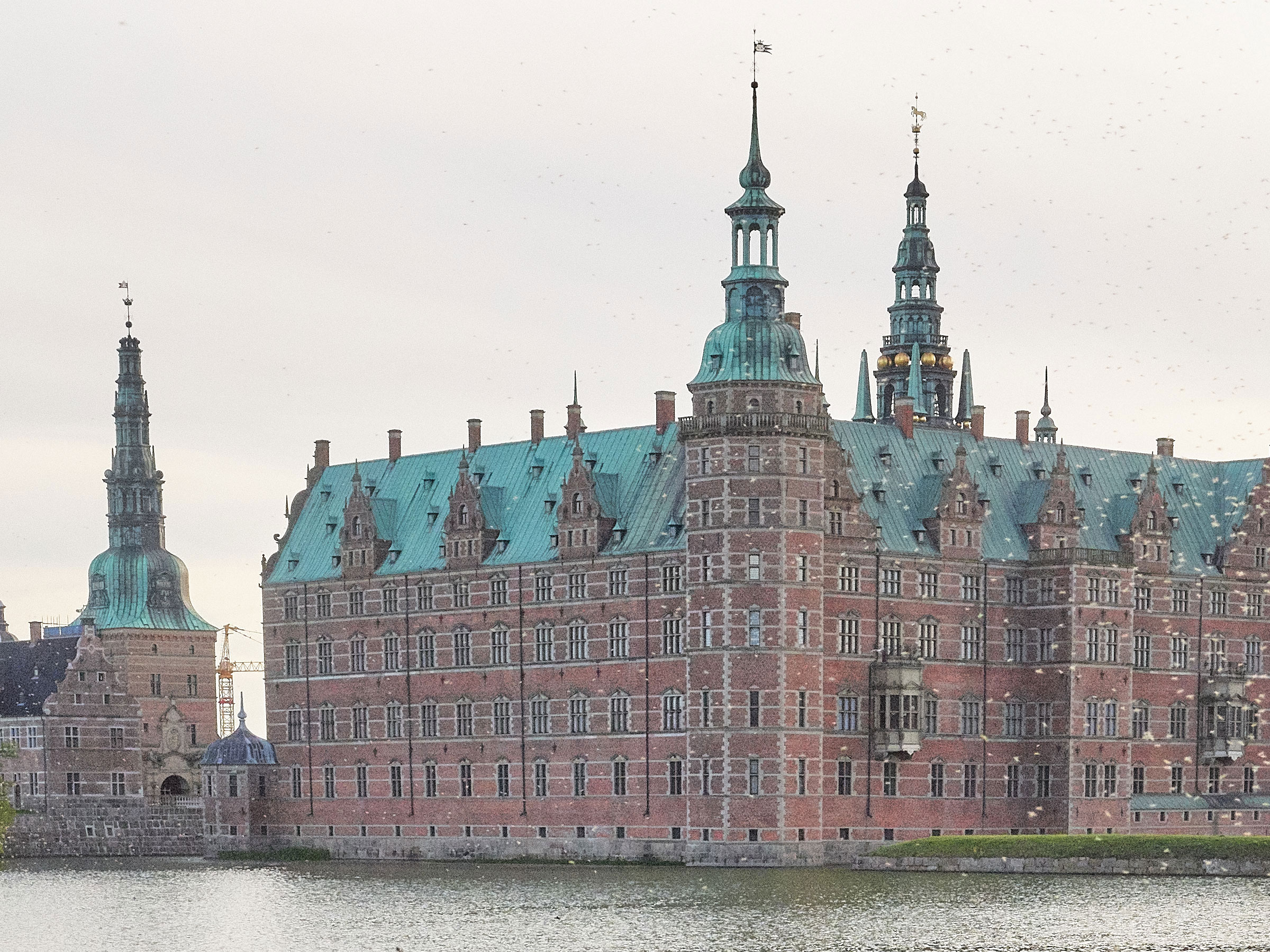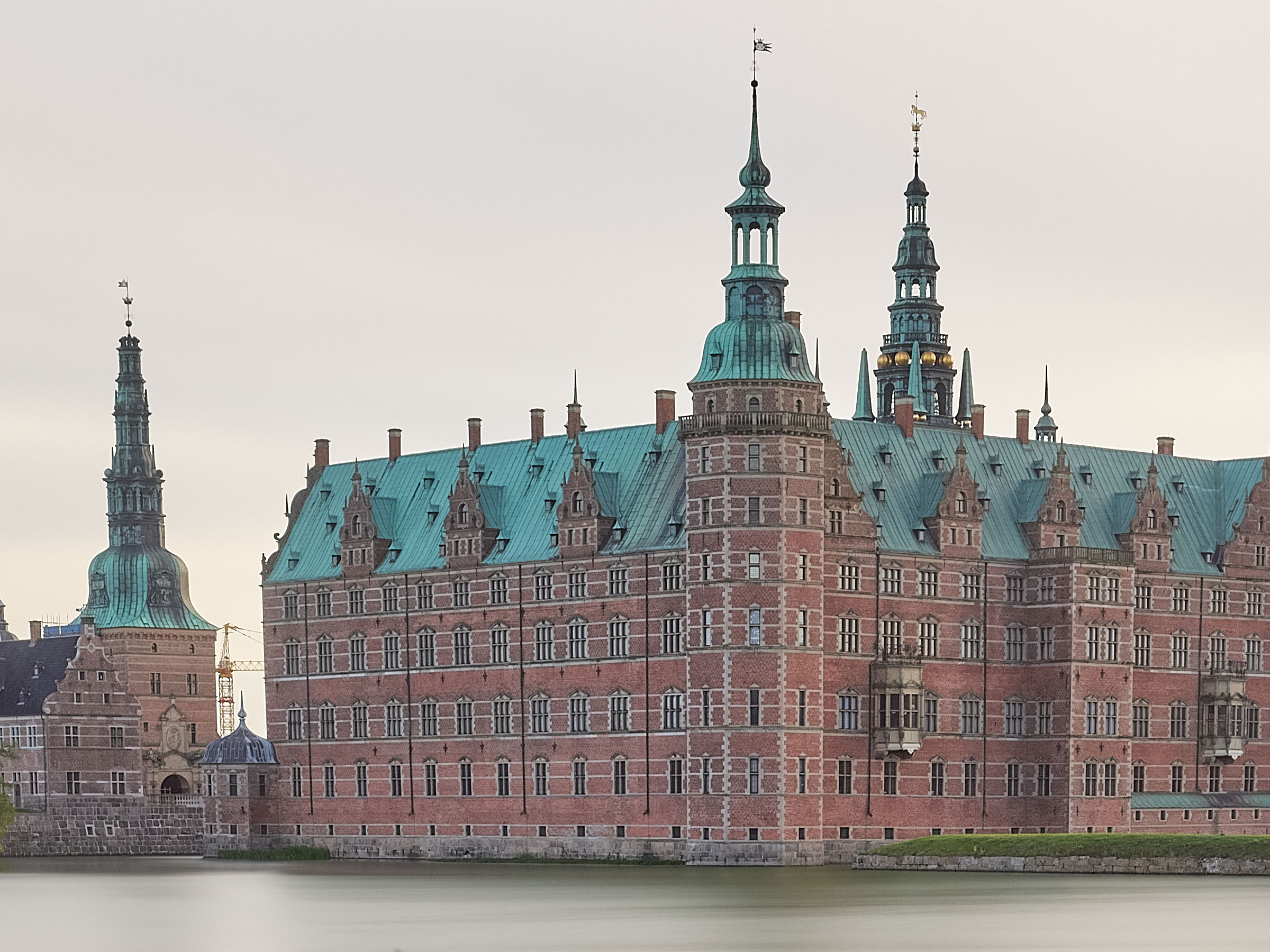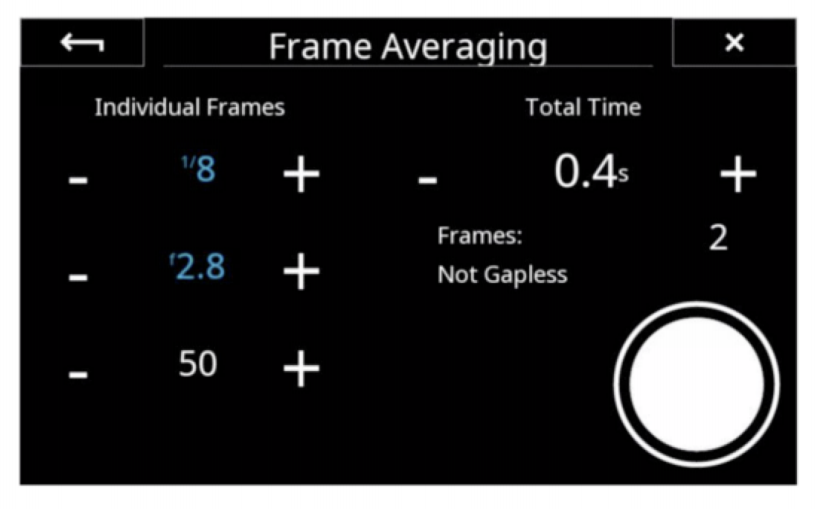
Take the Photographic Triangle and throw it in the garbage; Automated Frame Averaging officially arrives to the IQ4 this week and it represents a fundamental change in the array of choices photographers have for determining their exposure. The result is a Photographic Pyramid with an entire new dimension of exposure control.
Originally discussed at the time of launch, Automated Frame Averaging allows for long exposures (e.g. several minutes long) in bright daylight without the use of strong ND filters, reduces (the already very low level of) noise in shadows, and adds interesting aesthetic options to the toolkit of the photographer. It works on any kind of body or camera that the IQ4 can mount to including the world’s only modern medium format SLR, the Phase One XF, and tech cameras such as the Arca Swiss RMD3Di and Cambo Wide RS series. Best of all it’s incredibly simple to use and generates, in-camera, a standard raw file (fill out the form at the bottom of this article to see examples), ready for immediate use.
© Paul Reiffer
Before we explain the technical underpinnings of this tool, here are some of the practical uses of this tool:
- Improved Shadow Flexibility in Challenging Scenes: The Phase One IQ4 150mp full-frame-645 sensor has the most dynamic range of any camera available today, but some scenes are so challenging that even the IQ4’s dynamic range is not enough. Frame Averaging drastically decreases shadow noise, allowing even more aggressive shadow recovery without introducing noise or losing highlight detail.
- “Total Time” and “Shutter Speed” decoupled: For approximately 193 years of photographic history “shutter speed” and “total time” over which the camera exposed were the same thing. With the IQ4 you can now independently set both attributes; you have another axis along which to manipulate the photographic triangle. Do you want a waterfall with smooth silky water that comes with a multi minute exposure, but find yourself in lighting that calls for 1/8th of a second shutter speed for proper exposure? With the IQ4 Automated Frame Averaging you can select a 1/8th of a second shutter speed for the exposure brightness, but 3 minutes as the Total Time for the blurred rendering of the waterfall.
- Replace your Strong ND filters: Many photographers carry a very strong ND filter (e.g. ten stops) to do long exposures in bright light. These nearly opaque filters allow the photographer to drag the shutter speed out to seconds or minutes or even hours long even in broad daylight, creating rivers and ocean that are glassy-smooth (since all waves and turbulence average out), surreal scenes of city streets that appear as a ghosted river (since any cars that flow with traffic average out to a sea of “smoke”), sidewalks that appear empty, and clouded skies that blur with an effect straight out of science fiction. The IQ4 can now do this without strong ND filters.
- Special Effects: Multiple Exposure is a time-honored special effect in still photography. This tool will allow you to generate a single raw file in-camera from multiple exposures.
A cropped detail at 600% zoom comparing the single shot to the frame-averaged version. Note the significant reduction in noise, especially in the shadows.
© Paul Reiffer
A cropped detail at 600% zoom comparing the single shot to the frame-averaged version.
Note that the shadows have been pushed 3 stops to accentuate the clarity and low noise in the darkest areas. © Paul Reiffer
The Technical Underpinnings: How does it work?
At its heart, this tool works by averaging two or more (often many more) sequential captures together, generating a single raw file. This has the effect of evening out noise in the shadows. With four samples the noise should be roughly half as much as a single capture (which is already extraordinarily low), with sixteen samples it should be roughly half as much again. In theory this technique can be used by anyone with any camera by capturing more than one image of the same scene and layering them with a low opacity in Photoshop or via specialized software. However, manual frame averaging requires capturing many gigs worth of raws, processing even more gigs worth of TIFFs, and minutes (or even hours) worth of computer time; just to generate a single output image. The IQ4 does exposure stacking internally, on the fly, and generates a single raw file ready for immediate use. Moreover, the IQ4 can do it entirely free of temporal gaps and entirely free of vibration.
The IQ4 150mp base ISO is 50. These images were captured at ISO 2000 to show the enormous amount of native reduction in noise occurs when using frame averaging as implemented on the IQ4. This reduction in noise also occurs in images captured at ISO 50, leading to cleaner shadows, especially when making large adjustments in post; we will have low ISO images demonstrating that available soon. © Paul Reiffer
Free of Gaps and Vibration
The IQ4 uses its best-in-class sensor-based Electronic Shutter system and generous internal ram to capture frames in immediate succession during frame averaging. In fact, at many shutter speeds the IQ4 Frame Averaging allows successive captures with no meaningful temporal gap. Traditional mechanical shutters (focal plane shutters or leaf shutters) must reset between exposures, so even the cameras with mechanical shutters capable of very high frame rates, cannot have the entire frame exposed all the time, which leads to gaps of time (aka “temporal gaps”) when the scene is not being recorded. For example, in a scene of a car driving across the desert at night, a temporal gap leads to the headlights being rendered as a series of dots rather than a continuous long blurred line. With the IQ4 each capture cycle immediately follows the previous, allowing gapless frame averaging.
The ES is also beneficial to frame averaging because it generates zero vibration. With a traditional mechanical shutter (focal plane shutters or leaf shutters) there is a small amount of vibration created each time the camera captures. When averaging several or many captures together that vibration can reduce sharpness and cause visual artifacts. ES creates no vibration, so many captures can be averaged together and retain the same sharpness as a single capture.
A high-ISO crop detail comparing a single frame to a 7-minute frame average.
Note the white specs in the single frame are flying insects, nicely blurred out of visibility in the 7-minute version. © Paul Reiffer
Another high-ISO crop detail comparing a single frame to a 7-minute frame average. Again, the swarm of flying insects is nicely blurred out of visibility in the 7-minute version. © Paul Reiffer
How Does Phase One Stay Ahead of Far Bigger Companies??
In camera Automated Frame Averaging is a revolution in photographic control; why is a small Danish camera company the only one to offer it as a native feature with this robust an implementation?
Most cameras sold in the world are sold to the general public who do not have any particular training or expertise in the art or science of photography. As a result the interfaces, feature sets, and overall design of most cameras is made with the general public in mind. This is true not only of the remaining point-and-shift cameras, but of the seemingly “high-end” cameras that many pros use. Even the 5Ds R, a very capable small-format camera used by many pros, is mostly bought by the general public.
Phase One is the only camera company laser focused exclusively on professional users and serious enthusiasts. These users have invested the time to learn the ins and outs of the art and science of photography. This means Phase One can assume its users understand basic photographic topics like exposure, noise, and dynamic range, and focus all their efforts on advanced tools that require that foundational knowledge.
Phase One is also the only camera company in the world that is an acknowledged leader in both camera hardware (IQ4, XF, Schneider LS Blue Ring) and camera software (IQ firmware and Capture One). Having both components is critical to introducing radically new tools like Automated Frame Averaging.
Hence Phase One is the only camera company with Automated Frame Averaging. It adds to a long list of serious tools like completely automated Focus Stacking, integrated Profoto Air control, Seismograph trigger delay, and integrated automatic leveling.
Summary
Decoupling the Shutter Speed from the Total Time of capture is a revolution in photography that has profound implications for just about any kind of photography that can be done from a tripod. Even experienced photographers will have to rethink how they approach visual problems in light of this new axis of the new Photographic Pyramid. Phase One has proven, yet again, to be the brand professionals and advanced enthusiasts can count on for true photographic innovation, and not luxury-oriented “retro nostalgia”.
Fill out the form below to receive RAW file examples of Frame Averaging, or contact us for a free demo of the IQ4.
IQ4 Frame Averaging Raw File Request Form

